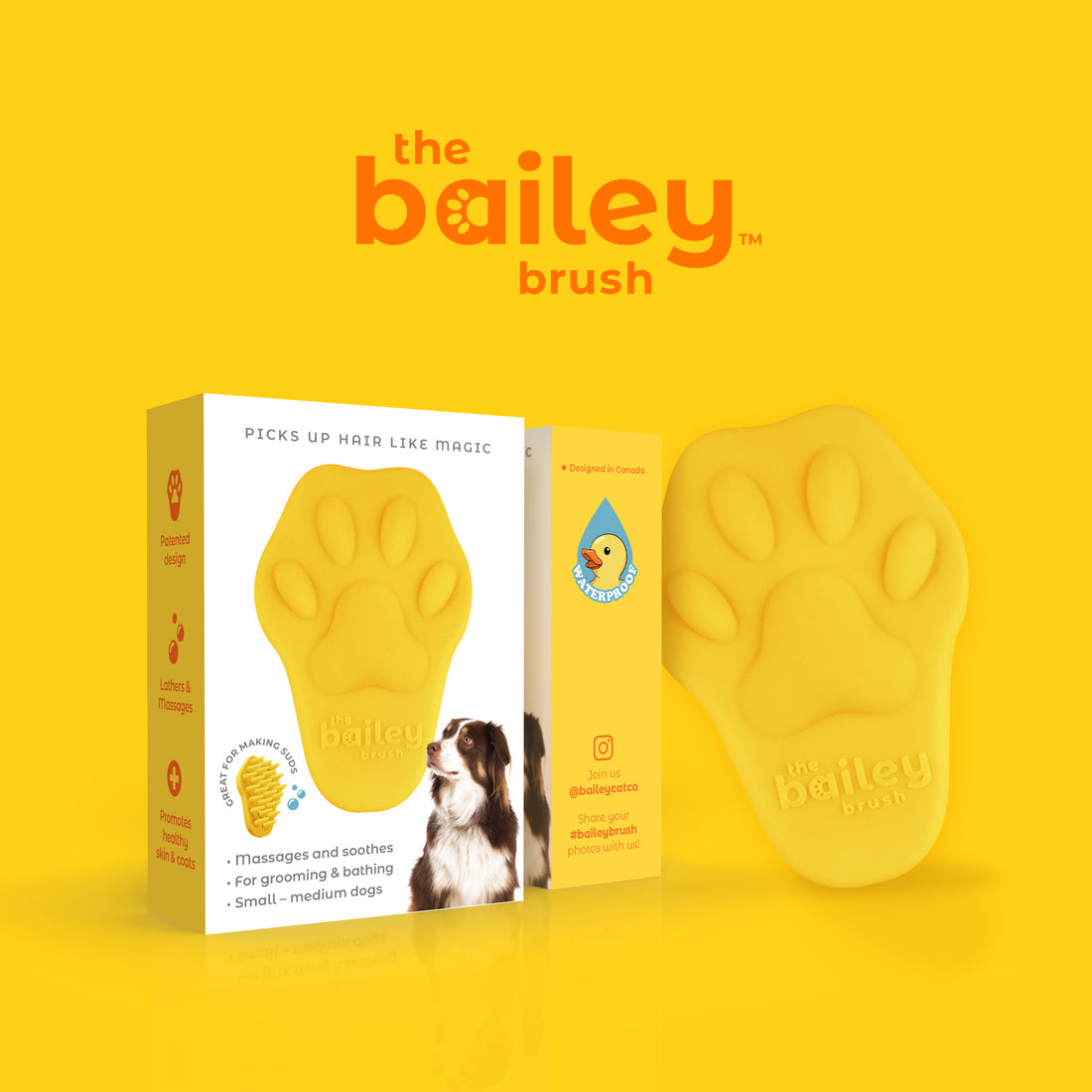

Long-haired dogs like Afghan Hounds need the best tools for neat puppy grooming or else, double-coated dogs soon get tangled, matted, and uncomfortable. Thankfully, the right tools make dog grooming a smooth and rewarding experience. So it's best to choose the best dog brush for long hair. In this blog, I compare top brushes and share useful tips for a healthy and happy dog.
Brushing is beyond benefiting a good dogs good looks. Regular grooming is essential for several reasons:
Prevents Mats and Tangles
Long hair can easily tangle and form mats, which can be painful for your dog. Regular brushing helps to prevent these from developing.
Reduces Shedding and Keeps Fur Clean
Brushing helps remove loose hair before it falls all over your house, keeping shedding under control. It also removes dirt and debris from your dog's coat, promoting better hygiene.
Promotes Healthy Skin
Brushing helps distribute your dog’s natural oils across the fur, keeping the skin moisturized and healthy.
Strengthens Your Bond
Grooming is a bonding activity. It’s a way to show affection and care for your dog, helping to strengthen the relationship between you.
Choosing the right brush for your dog’s coat is important. Here are some of the best types of brushes for long-haired dogs:
Brush Type |
Best For |
Features |
|
Slicker Brush |
Removing tangles & mats. |
Fine, closely spaced wires that catch and untangle hair. Great for dense coats. |
|
Pin Brush |
General grooming & detangling. |
Long pins that glide through the coat without damaging it. Good for soft fur. |
|
Undercoat Rake |
Removing undercoat & loose hair. |
Ideal for dogs with double coats. Helps reach deep into the fur. |
|
Comb |
Detailed grooming of tangles & mats. |
Wide-toothed combs for gentle detangling, especially in tough areas. |
|
Bailey Brush |
Regular brushing, shedding control, & sensitive skin. |
Ergonomic design with silicone bristles that massage and gently remove hair. |
Not all brushes are made equal, and it's important to pick one based on your dog’s specific needs. Consider these factors before making your decision:
When it comes to the best brushes for long-haired dogs, here are some excellent options:
Brush |
Features |
Best For |
|
Bailey Dog Brush |
Patented design, silicone material, and ergonomic shape. Ideal for shedding and sensitive skin. |
Everyday grooming and shedding control. |
|
Hertzko Self-Cleaning Slicker Brush |
Self-cleaning feature for easy hair removal, gentle on the skin, and effective for mats. |
Removing tangles and mats efficiently. |
|
FURminator Undercoat Rake |
Helps remove undercoat hair, reduces shedding, and prevents mats. |
Double-coated dogs with dense fur. |
|
Chris Christensen Pin Brush |
Long pins that glide smoothly through the coat. Great for fine or soft fur. |
Grooming fine, soft long hair. |
|
JW Pet Gripsoft Comb |
Soft, ergonomic grip and durable teeth for detangling tough mats. |
Detailed grooming and detangling. |
Brushing your dog isn’t just about using the right tool; it’s also about technique. Here are some tips for using your dog brush effectively:
Grooming long-haired dogs requires consistency and patience. Here are some helpful tips:
Not all brushes work for every dog. Here are some signs you might need to switch to a different brush:
While regular brushing at home is essential, professional grooming can complement your efforts. A groomer has the experience to tackle tough mats and more delicate areas, such as undercoats or sensitive skin. Professional groomers also bring specialized tools necessary for certain coats or severe mats.
When it comes to dog brushes, you don’t always have to go for the most expensive option. However, investing in a high-quality brush can save you time and effort in the long run. Good brushes like the Bailey Brush dog brush or the FURminator may come at a higher price but offer durability, comfort, and better grooming results. Budget options can still be effective, but make sure they are suited to your dog’s coat type.
Let’s look at a practical example:
Before: An Afghan Hound’s coat, which is long, silky, and prone to tangling, often looks messy with regular brushing.
After: Using a Chris Christensen Pin Brush regularly, their coat becomes shiny, smooth, and free of mats.
For smaller long-haired dogs like Shih Tzus, the Bailey Brush is an excellent option. It’s gentle yet effective for daily grooming, helping to keep their coat looking beautiful without irritation.
So what is the best dog brush for long hair? Finding the best dog brush for wavy coats can be breezy after reading this guide. Consider your dog’s coat type, skin sensitivity, and brushing needs. Then, you can select a brush that makes grooming easier and more effective.
Whether you choose the Bailey Brush for its shedding control or the FURminator Undercoat Rake for dense coats, regular grooming will keep your dog’s coat healthy and shiny.
No comments
0 comments